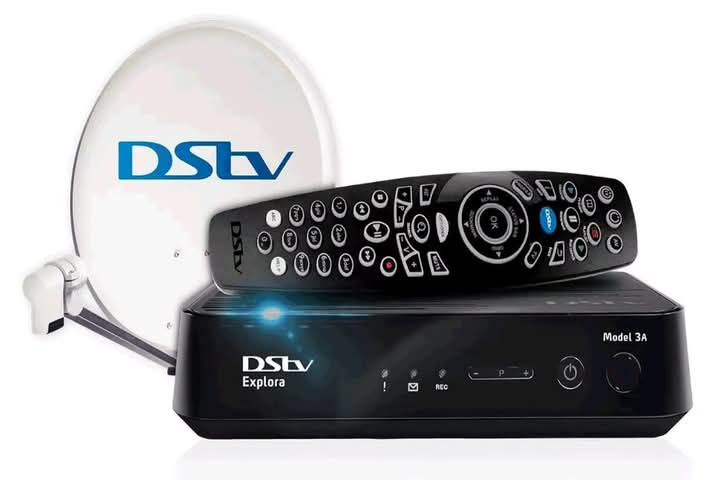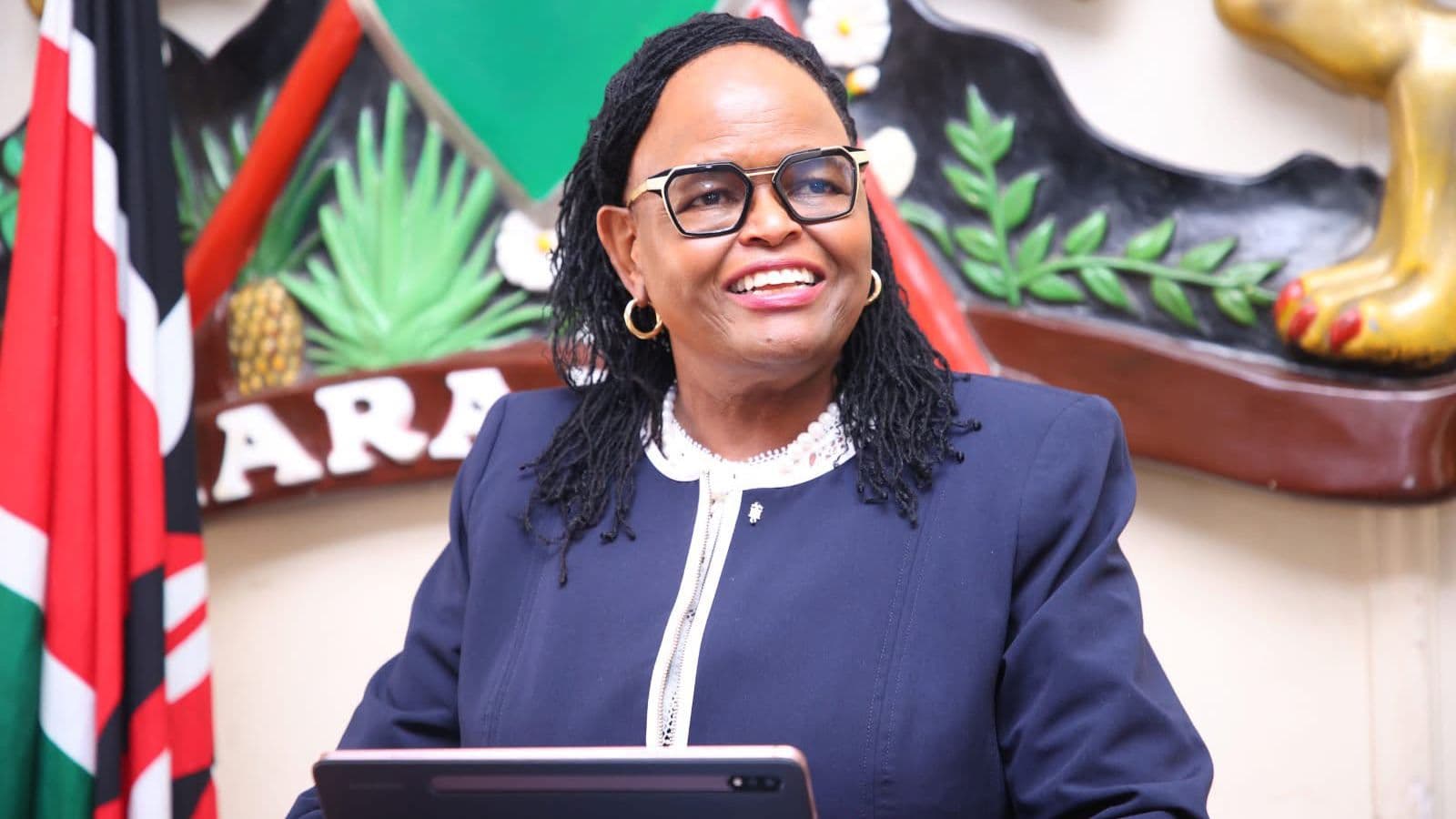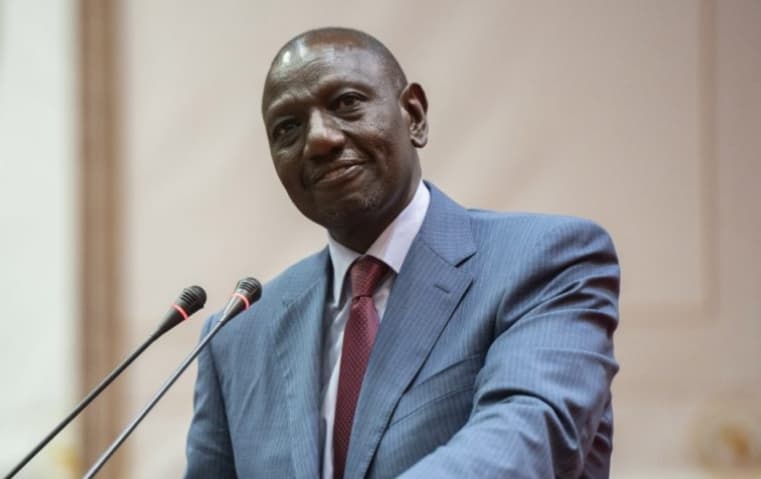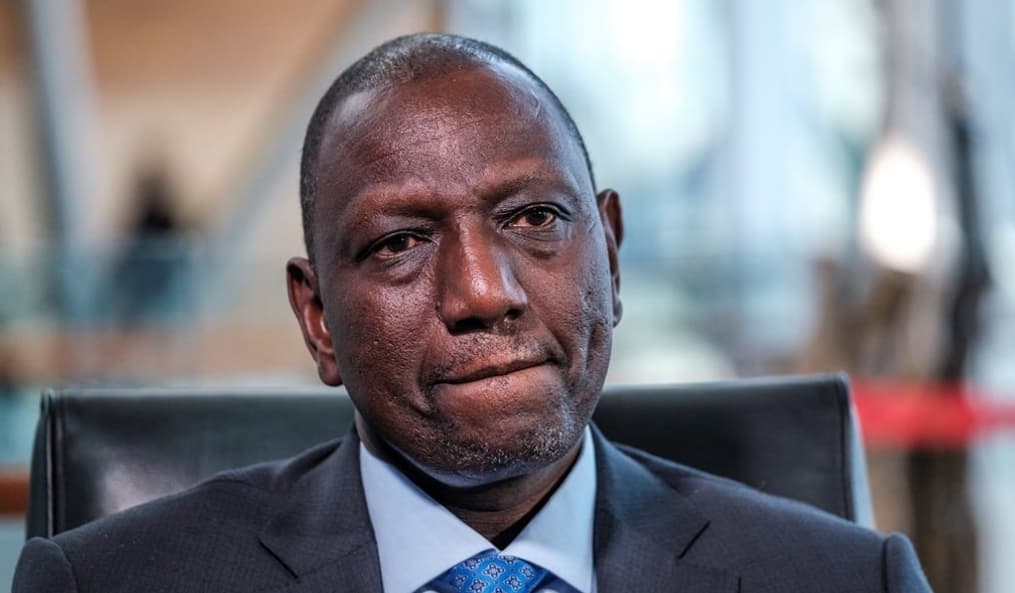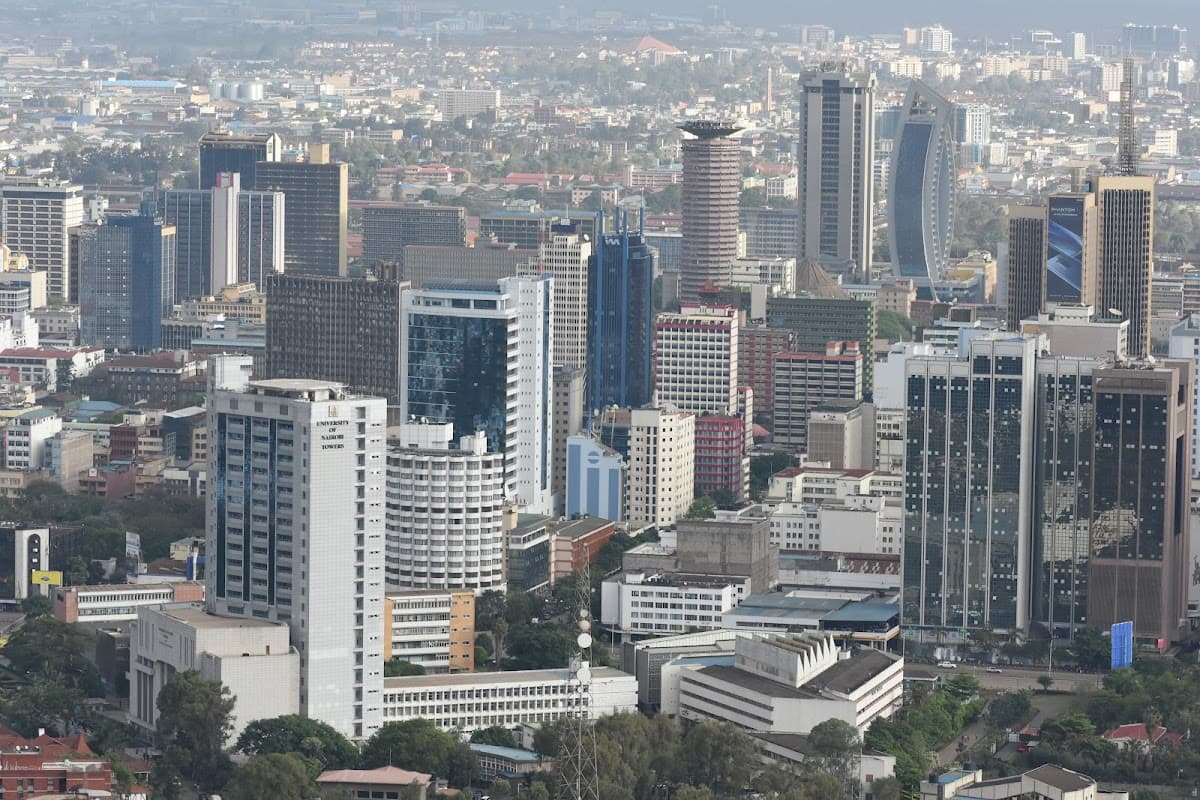MultiChoice Kenya, the company behind Digital Satellite Television (DStv), has addressed concerns from Kenyans regarding the frequent increases in subscription prices.
This comes after the company on October 1, 2024, announced that DStv subscription rates would rise again starting November 1, 2024.
“We would like to inform you that MultiChoice will be making adjustments to some of its DStv subscription prices effective 1st November 2024,” Nzola Miranda MultiChoice Kenya, Managing Director, said in a circular sent to subscribers.
The price adjustments marked the second increase in 2024, with the increments ranging from Ksh 50 for Lite package users to Ksh 500 for Premium subscribers.
Earlier in March 2024, subscription rates rose by Ksh 50 for Lite users and Ksh 600 for Premium customers.
However, MultiChoice Kenya did not provide a specific reason for the latest price review.
The announcement has since then sparked reactions on social media, with many expressing frustrations over the frequent hikes.
A Facebook user, opined that DStv might lose relevance, noting that cheaper alternatives like smart TVs and live-streaming options for sports are gaining popularity.
“DStv soon will disappear coz it’s too expensive when we have cheap smart TV livestreaming games. I will always stream my favourite games,” he said.
" I have been your client, but unfortunately, I am done with you. It’s only getting more expensive every day. I’ve even taken down the satellite dish.” another Netizen Chipped in.
“Nowadays, DStv has become so expensive. Imagine paying Ksh3,900 per month for the Compact package—it’s so frustrating!” a User Added.
In response, DStv acknowledged the concerns and assured subscribers that their feedback had been shared with the relevant teams.
The company also outlined factors influencing the pricing structure, including costs associated with satellite and distribution equipment and program and channel acquisitions.
Other considerations listed were decoders, infrastructure such as playout facilities, monitoring services, and customer service touchpoints.
“However, when setting prices, we consider our costs such as our satellites and distribution equipment; purchase of programs, movies, and channels; decoders; our infrastructures such as playout facilities, monitoring services, and customer touchpoints,” the company explained in a statement.
Despite the adjustments, DStv reaffirmed its commitment to providing affordable and high-quality entertainment.
“We are committed to ensuring that Kenyans continue to enjoy unparalleled access to entertainment, anywhere, anytime, and at the most affordable price,” the statement added.
“We have various options and different DStv packages starting from KES 750 to ensure we cater to all family.”
In other news, Kenyan fixed Internet speeds increased by 18.5% to 11.59 mbps in October 2024 from 9.78 mbps in January, following Elon Musk's Starlink entry in July 2023, which sparked competitive improvements among local providers.
Market leader Safaricom responded by raising bandwidth and introducing 1,000 mbps speeds for the first time.
The heightened competition has driven significant market changes: subscribers using 100-1000 mbps connections increased by 53% to 15,226 by June, while overall fixed Internet users grew 13% to 1.5 million.
Starlink captured 0.5% market share with 8,324 users by June, up from 405 in 2023.
The competitive environment has improved consumer welfare, with Internet usage increasing from 32.7% to 40.8% of the population, and daily online time rising to 4 hours 49 minutes from 4 hours 17 minutes, without corresponding price increases.
Building on the surge in Kenyan internet speeds ignited by Starlink's arrival, the underlying sentiment amongst Kenyan consumers is a mix of excitement and skepticism directed primarily at the market's dominant player.
The prevailing narrative, as evidenced by widespread online discussions and social media chatter, questions the timing and motives behind these upgrades:
If this capacity existed all along, why was it withheld?
Historically, internet infrastructure development, driven by initiatives like the SEACOM and TEAMS undersea cables in 2009, has been a cornerstone of Kenya's Vision 2030, aiming to transform the nation into a middle-income country.
This current wave, fueled by private sector competition such as starlink, could be the catalyst that propels Kenya further along that trajectory, fostering a more robust and digitally empowered economy Poised for significant participation in the global digital marketplace, and with the potential to drive both innovation and socio-economic inclusion in the region.
